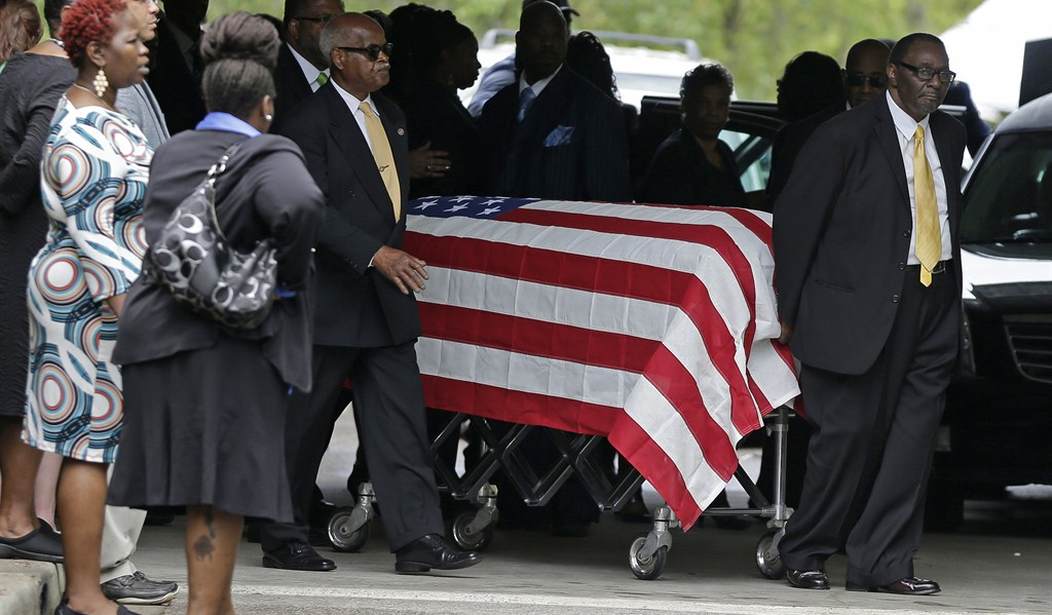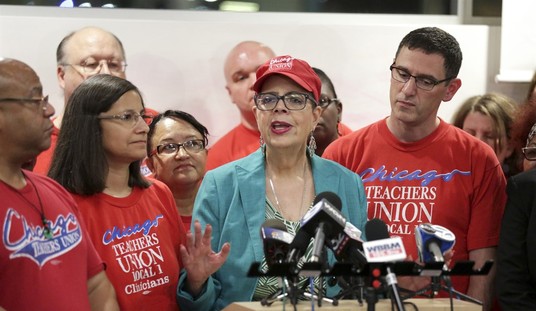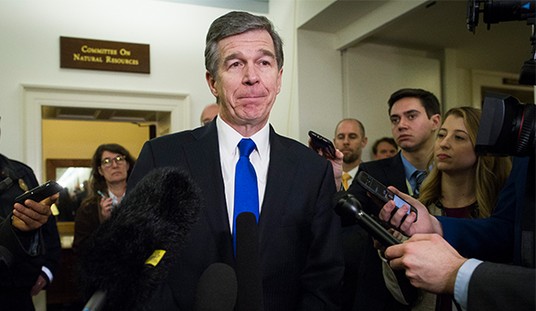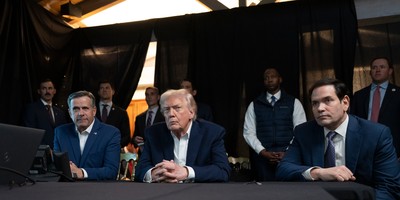Last week the St. Louis, Missouri metropolitan area witnessed the latest act in the somewhat delayed, but hardly forgotten serial concerning Michael Brown, the Ferguson Police department , and the larger national questions of police-community relations, and, of course, law enforcement and racism. On April 23rd Michael brown’s parents filed a wrongful death suit, naming the city of Ferguson, the Ferguson Police department, former Ferguson Police Chief Thomas Jackson, and former Ferguson patrolman Darren Wilson as defendants in the civil action. In announcing the suit Anthony Gray, an attorney representing the Brown family, stated that he would present new evidence that would bolster his previous claim that Brown was not a threat to Officer Wilson’s safety in the critical moments before the former Ferguson constable shot the young Mr. Brown last August 9th. After the announcement of the suit, Benjamin Crump, another attorney associated with the Brown family declared that the action was a necessary response to the recent incidents involving police and black suspects in Cleveland, New York, North Charleston, and now in Baltimore. Whether shaking down a municipality for monetary damages is an honorable method of “consciousness raising” stands as an open question, but the fact remains that white police officers using deadly force on black male suspects is now a very important national issue.
At this point a brief recapitulation of the events concerning Ferguson is in order. On August 9, 2014 a Ferguson, Mo. Police officer, Darren Wilson, shot and killed Michael Brown, an eighteen-year old black male. News of the shooting spread quickly and on the following night protests devolved into rioting, looting and brawling with authorities. The disorders continued for the better part of two weeks, and irresponsible politicians, activists and media figures gleefully fanned the flames of controversy. The tension escalated throughout the autumn months, culminating on the night of November 24th. The St. Louis County Prosecuting Attorney announced during the early evening that no charges would be filed against Officer Wilson and rioting, looting, and gunplay convulsed the city once again. The disorders continued throughout the Thanksgiving weekend and into December.
During the initial phase of the Ferguson interlude the situation was clouded by much disinformation and the regrettable tendency of many irresponsible people to react on the basis of incomplete and/or erroneous information. The local newspaper, the St. Louis Post-Dispatch lead the way with incendiary stories based on slanted reporting. The national and international media (yes, they were present!) followed the local media lead, uncritically accepted all that they were told, and fed the fires with incomplete information. The area was mislabeled “…the impoverished community of Ferguson, Missouri…” ignoring the fact that Ferguson, admittedly containing pockets of low income areas, has been traditionally a solid working middle class suburb. The reporters missed the fact that Michael Brown had a history of juvenile arrests, and had committed a strong-arm robbery of a cigar store a few minutes before his fatal encounter with Officer Wilson. Finally, the initial reporting repeated the now discredited fable that Michael Brown was shot while attempting to surrender to police.
Along with the rush to judgment by the media and those who pay attention to them we had the unedifying spectacle of the professional protestors and ambitious politicians weighing in and, in some cases, stirring the pot. Jesse Jackson and Al Sharpton showed up and, after expressing condolences to the Brown family, they claimed that the real issue was the systemic racism in police forces, and in the larger American society. The politicians jumped on the bandwagon. William L. Clay, the Ferguson area congressman, routinely described the debacle as “…the cold-blooded murder of Michael Brown.” Other Missouri pols, who have statewide ambitions, also showed up and tried to smooth the waters, but some played the part of political Juliets, making love to the crowd from the balcony. The man who should have put in an appearance, the Missouri governor, The Honorable Jay Nixon, proved conspicuous by his absence.
Recommended
The incomplete information, the self-interested propaganda, and the potentially explosive racial nature of the case contributed to the exhaustive coverage by the national and international media, most of who were hoping that something noteworthy would happen. The events of November 24th rewarded the media and the assorted observers for their patience. Anarchy makes for riveting television, and when you throw in looting, arson, and gunplay -- the ratings gods were smiling that harrowing Monday night.
Charleston:
While the city of Ferguson was violently reeling over false reports of an unjust shooting of a black man by a white policeman, North Charleston, S.C. witnessed the real thing. The surreal shooting of Walter Scott, a 50-year-old black man, by police officer Michael Slager left the entire lowcountry in disbelief. From the beginning, Slager’s official account of the incident did not match physical evidence or common sense. Then, a witness released a video recording of the incident, and the skepticism was proved deserved. Slager shot Scott in the back as Scott sluggishly ran away. No life-threatening struggle, as Slager claimed.
North Charleston experienced a high rate of violent crime a few years ago, ranking it nationally in the top ten, hitting a high at #7 in 2006. The only South Carolina town listed in the top 25, according to CQ Press, most of that violent crime was related to drug trafficking and personal conflicts.
While the Charleston area has its crime, it is not usually of a violent nature. Property crimes, theft, robberies, and illegal drug dealings usually keep law enforcement busy. While S.C. ranks high in domestic violence, that is a different monster from other types of violent crime. All crime statistics in S.C. have declined steadily since 2002, ranking below the national average since 2009.
The death of Scott at the end of a policeman’s revolver is an anomaly for the Charleston area, and its timing could not be worse. The irony is that the Scott-Slager shooting was the perfect excuse for North Charleston to erupt in violent protest. Yet, it didn’t. Small, mild protests took place, and the media covered them. Nationally recognized activists, Al Sharpton, Jesse Jackson, and Malik Shabazz, visited the lowcountry. Protestors from others states, such as Missouri, arrived to boost the local protestors, apparently outnumbering them.
The arrival of these out-of-towners was not a welcome sight for most lowcountry residents. Residents of all colors and neighborhoods explicitly rejected their offers of “support.” The family and close friends of Walter Scott declined any part in public protests or conflict saying, “We do not want another Ferguson circus.” Mindful of the contradictory witnesses’ reports and press coverage of the Ferguson incident, the whole lowcountry feared that the same would happen here, and residents, elected leaders, and church leaders, and community leaders acted quickly to dispel the potential for violent reaction.
In this world of microwave journalism, we are reminded once again why gathering the facts is so crucial before rushing to judgment and reacting. The minute-by-minute deluge of information and misinformation on social media and the omnipotence of the internet enables sloppy professional and amateur news reporting alike. Amateurs do not have the benefit of training and education that professional journalists do. For the sake of justice and truth in news, communicators of all sorts, bloggers, social media managers, columnists, and those in the journalism profession, need to hold themselves up to the highest standard to present the facts accurately, timely, and in context. The difference between rumors and news is verification of facts.
Within the competitive nature of the business, too often news producers want to be first to report a story at the expense of accuracy and thoughtful analysis. Following these stories, which elicit strong emotions, is difficult because too often people react without processing the information and analyzing it objectively. Readers react emotionally and can be manipulated by sensationalized headlines, which then set the tone for the following article before the reader has the opportunity to process the information and form a personal opinion. The growing tendency for journalists and editors to insert personal belief, especially biased or unsubstantiated opinion violates the integrity of the journalism profession.
Once the news of the April 4th shooting of Walter Scott by N. Charleston policeman Michael Slager reached the internet, the whole country immediately weighed in with an opinion before much information had been released, and the memory of previous police shootings of black men was still fresh in the minds of most Americans. Prior to the release of the bystander’s video, questions abounded as to the accuracy of the policeman’s testimony and charges of unjust treatment of the situation were quickly made.
S.C. Law Enforcement Division (S.L.E.D.) immediately caught inconsistencies between Slager’s report and the forensic evidence at the crime scene.
In other highly publicized incidents involving police shootings, the evidence showed a struggle and aggressive attempts by the victims to attack the policemen. In the N. Charleston case, that is no such evidence. Slager claimed in his police report that Scott attempted to grab the officer’s taser and that Slager “felt his life was in danger,” prompting him to shoot as Scott ran away and hit him with five out of eight shots fired.
A video recording proved otherwise. An observer recorded the shooting, providing enough evidence to contradict the policeman’s report. According to the video, Scott was not aggressive or a serious threat to the policeman. The video evidence is damning against the officer, and in response to its release, the N. Charleston Police Department fired Slager and charged him with murder.
S.L.E.D. is still investigating, and much of the evidence consistently disproves Slager’s version of the incident. Fortunately for all involved, the City of North Charleston and the N. Charleston Police Department, and Solicitor Scarlett Wilson acted quickly and decisively, but we did not know then how well they would handle this situation.
Members of the Scott family and their attorney calmly discussed the incident with many news outlets, law enforcement, and city leaders. They implored that peace be kept, and that N. Charleston avoid the violence and disruption experienced by Ferguson, Mo. No one wants what happened in Ferguson to happen anywhere, except those that benefit from the riots and upheaval.
As soon as word that Al Sharpton expressed interest in visiting N. Charleston, the Scott family declined Sharpton’s request for an invitation, according to family members. In her broken heartedness, Walter Scott’s mother reiterated their wish that her deceased son’s death not be used as an excuse for further violence.
In their shock and mourning, they gracefully shared their feelings and thoughts, setting an example for the whole country by waiting for evidence to be processed before jumping to conclusions, and quelling attempts by a few to cause unnecessary disruption. The Scott family refrained from making unsubstantiated accusations, or responding to hearsay and rumor.
Residents of the Charleston area have poured out gestures of sympathy for both families, the Scotts and the Slagers. All are affected, and the lowcountry responded by reminding the rest of the country that no one is left unscarred by this tragic incident and that we all mourn.
As the protestors chanted, “This is Ferguson”, the community responded, “No, this is not Ferguson. This is North Charleston.” We don’t burn and loot our own businesses. We don’t destroy our neighbors’ American dreams. We don’t protest for the sake of protesting and to boost our self-image with a false sense of self-righteousness thinly disguised as peaceful community activism. Rhyming chants sound cool, and wearing matching t-shirts looks unified, but the underlying motive is not unifying.
Peaceful residents don’t protest when a tragic situation is handled properly and lawfully. What is there to protest? In the aftermath, the shooting of Walter Scott by Michael Slager could not have been handled better. Police officer Slager was charged with murder and the court system is moving swiftly and deliberately, adhering to the constitutional protections for the due process of law as prescribed in Amendments V - VIII in the Bill of Rights.
The protestors chant, “Black Lives Matter,” as if we in the Lowcountry didn’t already believe that. That pithy slogan perpetuates a victim mentality. Black lives don’t need more victimization, they need empowerment, but empowerment does not sell when national activists thrive on social unrest, division, and demagoguery. Sharpton and Jackson cannot resist injecting themselves into communities whether or not they are invited or wanted. Apparently, a small group of locals invited them, along with activists from Ferguson, Mo., and other states to lead protests at North Charleston City Hall.
No one can know where we go from here. As this column is being prepared a curfew and state of emergency are in place as authorities attempt to quell the violence in Baltimore. President Obama has stated, appropriately, that looting and arson are not protest but his appeal to reason has been compromised by local authorities in Maryland hedging their bets and arguing that what looks like rioting and looting is actually not what it seems. We live in interesting times, and one wonders what future generations will think and say about modern America. Will modern America be remembered as the land of opportunity, and the last best hope of mankind? Or will be castigated as an unjust society of unequal justice. Only time and the historians will answer that question.

























Join the conversation as a VIP Member